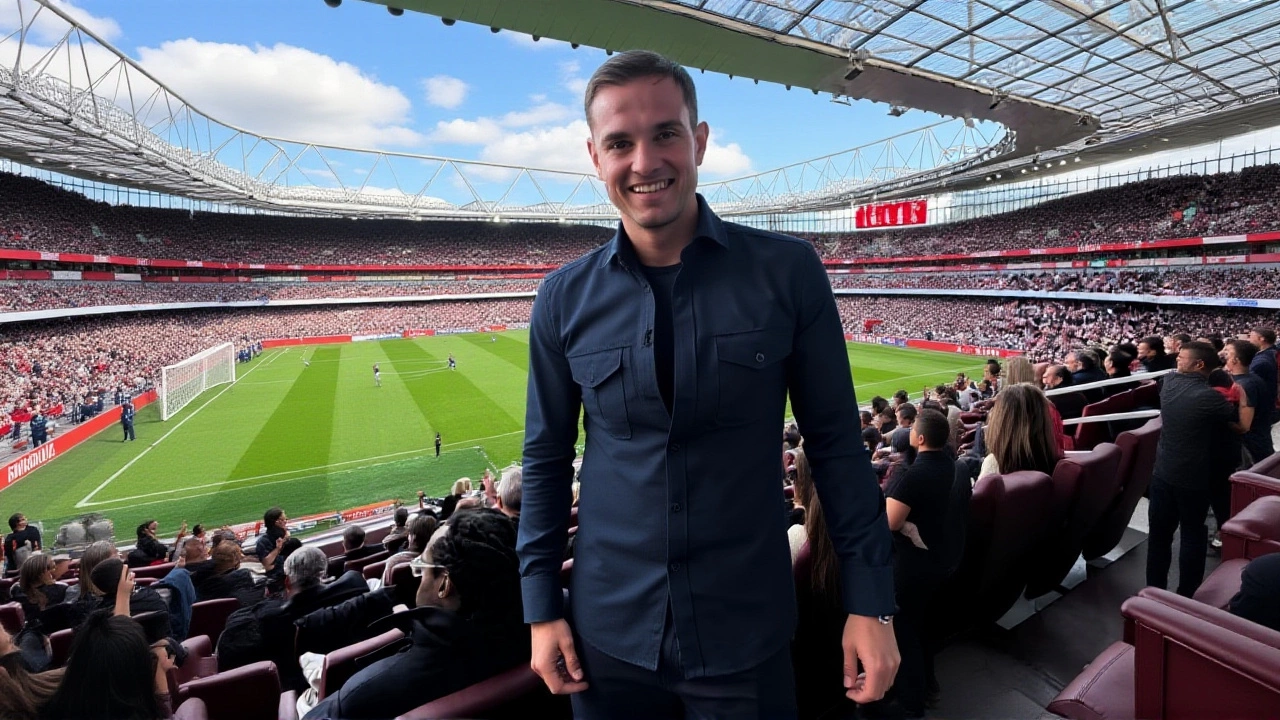Transfer – Latest Moves, Fees and Window Rules
When talking about Transfer, the movement of a player from one club to another, usually involving a contract change and registration update. Also known as player transfer. this simple definition hides a web of rules, money and timing. Whether you’re a fan tracking the next big signing or a casual viewer curious about why a player suddenly pops up at a new club, understanding the mechanics behind a transfer helps you make sense of the headlines.
The first piece of the puzzle is the Transfer window, the designated periods during which clubs may register new players. In most leagues there are two windows – a longer summer period and a shorter winter stint. This window creates urgency: clubs must negotiate, agree on terms, and complete paperwork before the deadline. Missing the cut means waiting months for the next chance, which can reshape a season’s fortunes. The window’s timing also influences player valuations, as demand spikes when options run low.
Money talks, and the Transfer fee, the amount paid by the buying club to the selling club for the player's registration. is the most visible part of a deal. Fees reflect a player’s talent, contract length, marketability and the buying club’s financial muscle. High fees can boost a club’s brand but also strain budgets, leading to wage caps or future sell‑on clauses. Conversely, lower fees might signal a club’s strategic focus on academy talent or financial prudence. Understanding fee structures helps fans gauge whether a club is overpaying or getting a bargain.
Not every move involves a hefty sum. A Loan deal, a temporary move where a player plays for another club while still owned by the original club. lets a young prospect gain experience or a senior player get game time they lack at their parent club. Loans often include options to buy, wage‑sharing agreements, or recall clauses. They’re a tactical tool for clubs to develop talent without committing to a permanent fee, and they keep squad depth flexible during the window.
When a contract expires, a player can move on a Free transfer, a move that occurs without a transfer fee, typically when a contract expires.. Free transfers shift the financial focus from fees to wages and signing bonuses. Clubs can secure high‑profile talent without paying a fee, but they must budget for potentially higher salaries. For players, it offers negotiating power to choose their next destination based on sport, lifestyle, or project rather than price.
How Transfers Shape Teams and Seasons
All these elements – windows, fees, loans, and free moves – interlock to shape squad building. A club that masterfully navigates the window, balances fee outlay, utilizes loans for development, and seizes free‑transfer opportunities can overhaul its roster in a single season. Meanwhile, regulators like FIFA and domestic FA bodies enforce rules to keep competition fair, such as caps on international transfers or restrictions on third‑party ownership. Keeping an eye on these regulations helps fans understand why certain deals stall or why clubs sideline a target.
Below you’ll find a curated mix of articles covering recent high‑profile transfers, detailed fee breakdowns, upcoming window deadlines, strategic loan moves, and the impact of free transfers on club budgets. Whether you’re hunting specifics on a particular deal or looking to understand the broader market trends, this collection gives you the context you need before you dive into each story.
Cédric Soares Signs Permanent Deal with São Paulo After Successful Trial
Portuguese right‑back Cédric Soares signs a permanent deal with São Paulo after a successful trial, ending his year‑long spell out of football and marking his first move outside Europe.
